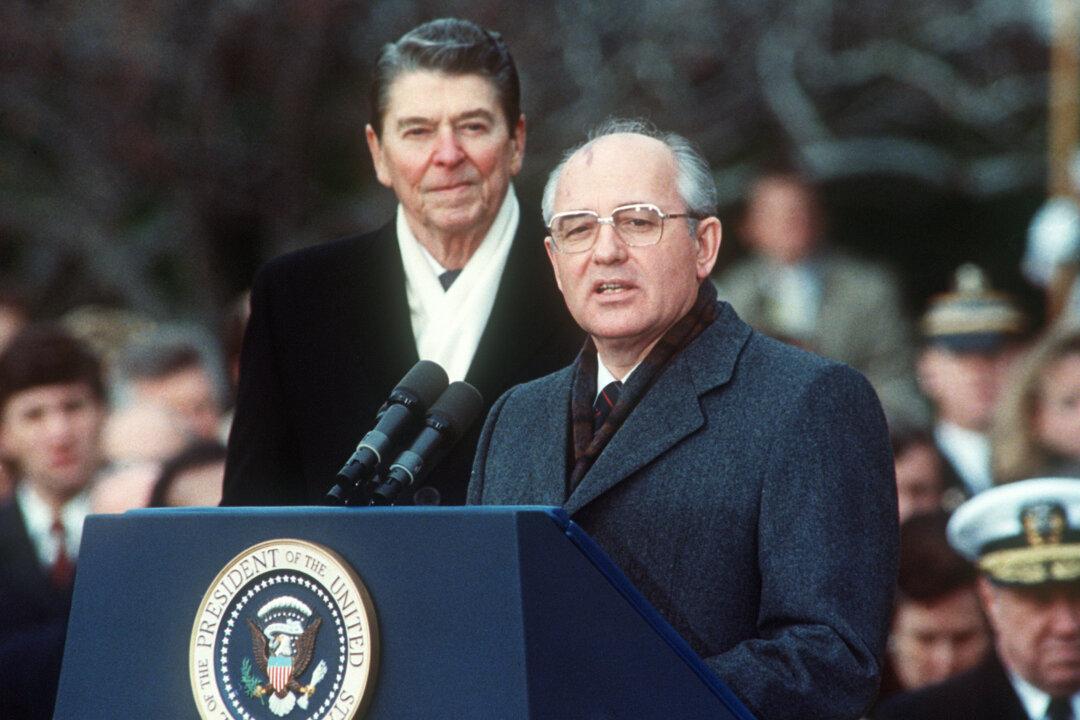Commentary
Upon meeting Mikhail Gorbachev for the first time in 1984, just prior to his becoming general secretary of the Communist Party of the USSR, then British Prime Minister Margaret Thatcher described him as “a man we can do business with.”

Upon meeting Mikhail Gorbachev for the first time in 1984, just prior to his becoming general secretary of the Communist Party of the USSR, then British Prime Minister Margaret Thatcher described him as “a man we can do business with.”